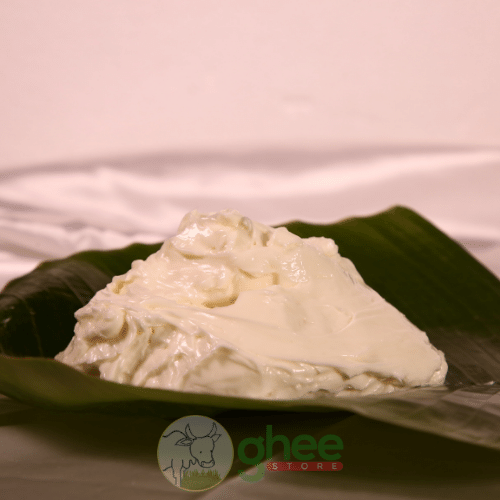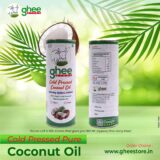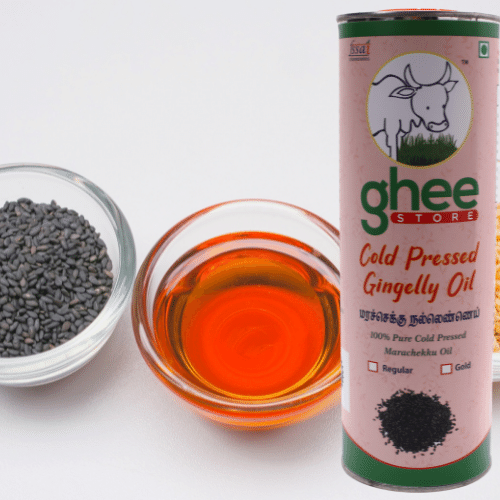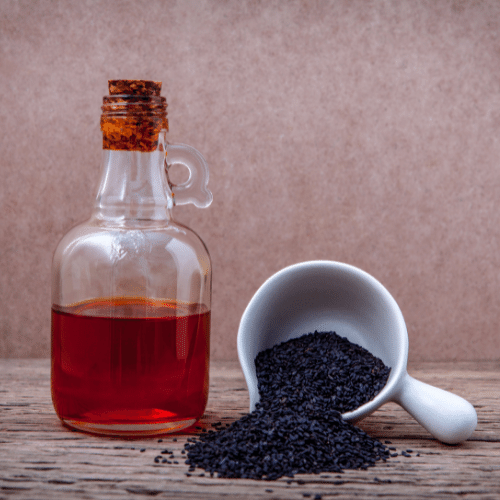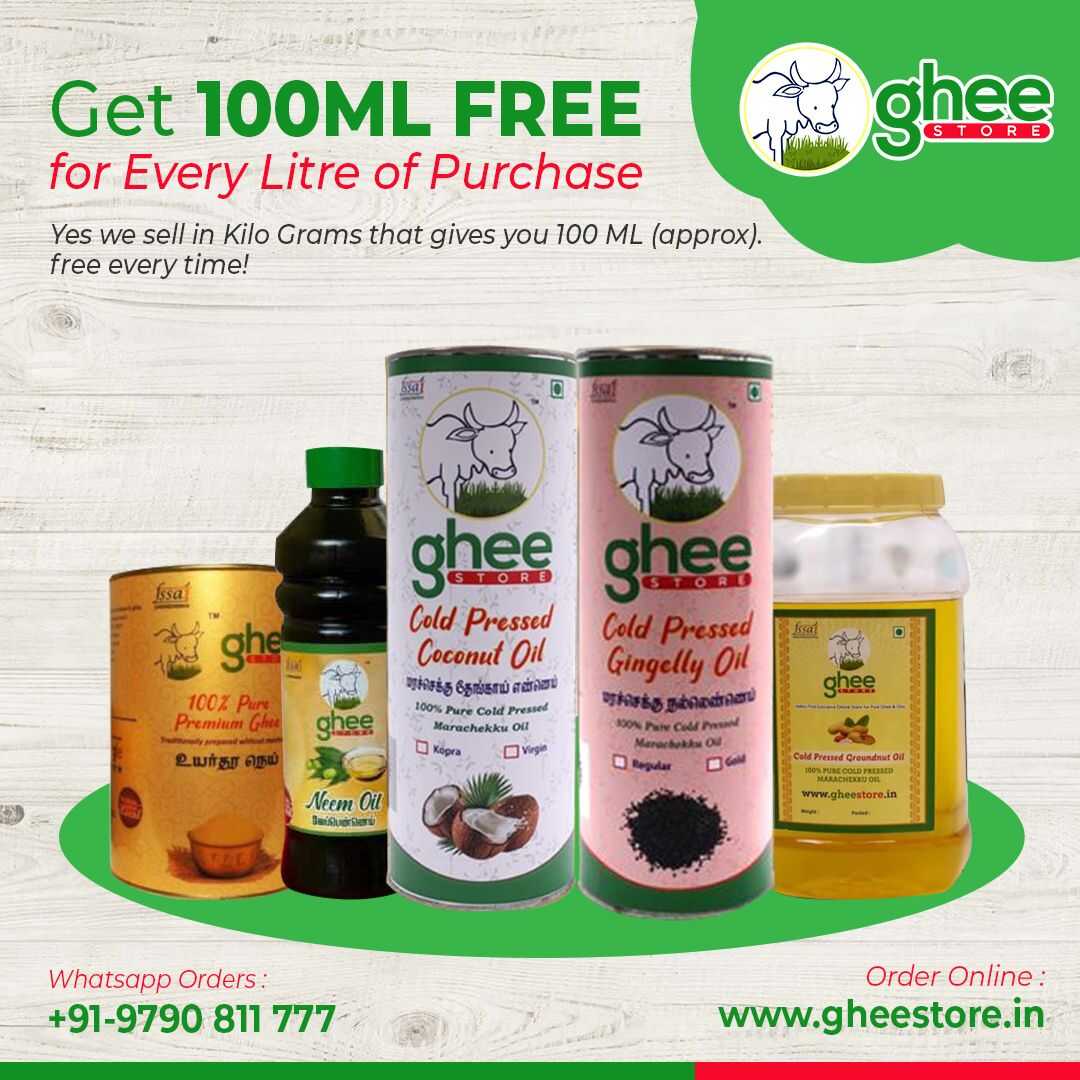- You have no items in your shopping cart
- Subtotal: ₹0.00
Standard Cold Pressed Oils vs. Premium Cold Pressed Oils
Cold Pressed Gingelly Oil (Nallennai)
₹180.00 – ₹2,362.00 Excl. GST
Gingelly Chekku oil – Black Sesame Seed
Note: The price Chekku Gingelly Oil and Cold Pressed Sesame oils are different due to the quality of seeds used to extract oil. Both are extracted using Marachekku without giving heat, hence it is called as Cold Pressed Oil in English.
STANDARD COLD PRESSED OILS VS. PREMIUM COLD PRESSED OILS
Note: Standard here means Standard Oils & Refined oils that you get in the market.
Standard cold pressed oil seeds can be pressed to extract oil (Like pressing juice from a fruit).
Steps | PREMIUM COLD PRESSED OIL processing steps | Short description |
1 | Oil seeds are cleaned and dried to remove any | Natural drying using sunlight |
2 | The seeds are then crushed using a slow grinding machine with a Pestle and Mortar. (Just like pressing juice from a fruit) | Natural squeezing |
3 | The oil extracted is then filtered to separate the oil from the | Natural gravity sedimentation |
“Chekku”, “Ghani” & “Kolhu” oil are some colloquial words used in India to describe Cold Pressed Oil machines.
STANDARD COLD PRESSED OILS:
Other oils seeds such as rapeseed (canola), soybean, corn, sunflower, safflower, etc
Steps | STANDARD COLD PRESSED OILS PROCESS | Short description |
1 | Oil seeds (groundnuts, sesame, coconut, sunflower seeds, | HIGH TEMPRATURE |
2 | The mixture of oil and seed pulp is then chemically processed with a hexane solvent to extract any residual oil from the pulp. (Hexane is produced by refining crude | HEXANE SOLVENT |
3 | This resulting mixture is then put through a centrifuge and phosphate is used to separate the oil from the seed residues | PHOSPHATE |
4 | Water degumming: Here water is added. This reaction with water results in hydrated | HYDRATED POPHATIDES |
5 | Neutralization: The resulting product from the above steps contains fatty acids, phospholipids, pigments, waxes, etc. These impurities are removed by using caustic soda (sodium hydroxide) or soda ash (sodium carbonate). The refined oil is lighter in color, less viscous and easily prone to oxidation | CAUSTIC SODA/SODA ASH |
6 | Bleaching: This is done to remove off coloured materials. Bleaching agents are used in this | BLEACHING AGENTS |
7 | Deodorization: Pressurized steam at very high temperatures (500F) is used to remove volatile compounds which cause off odours and taste in the final product. | HIGH TEMPRATURE |
This process kills all the nutrition and alters the
When you take a natural food product and expose it to multiple chemical processes, how can it be natural and healthy?
Multiple studies have linked consumption of refined oils to many chronic diseases. Chemically extracted oils lead to inflammation within the body, elevated blood triglycerides and an impaired insulin response, etc.
Standard Cold Pressed Oils vs. Premium Cold Pressed Oils
Also visit our new site Microbasket

